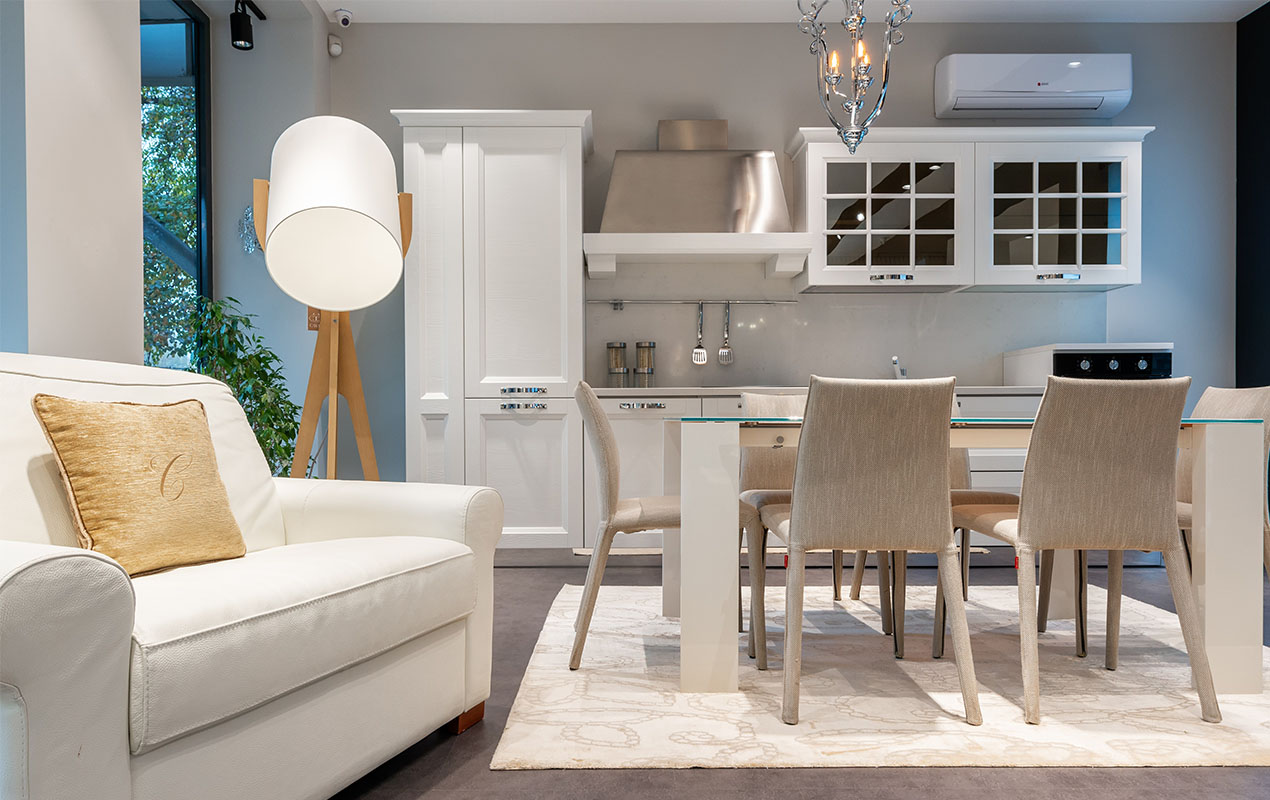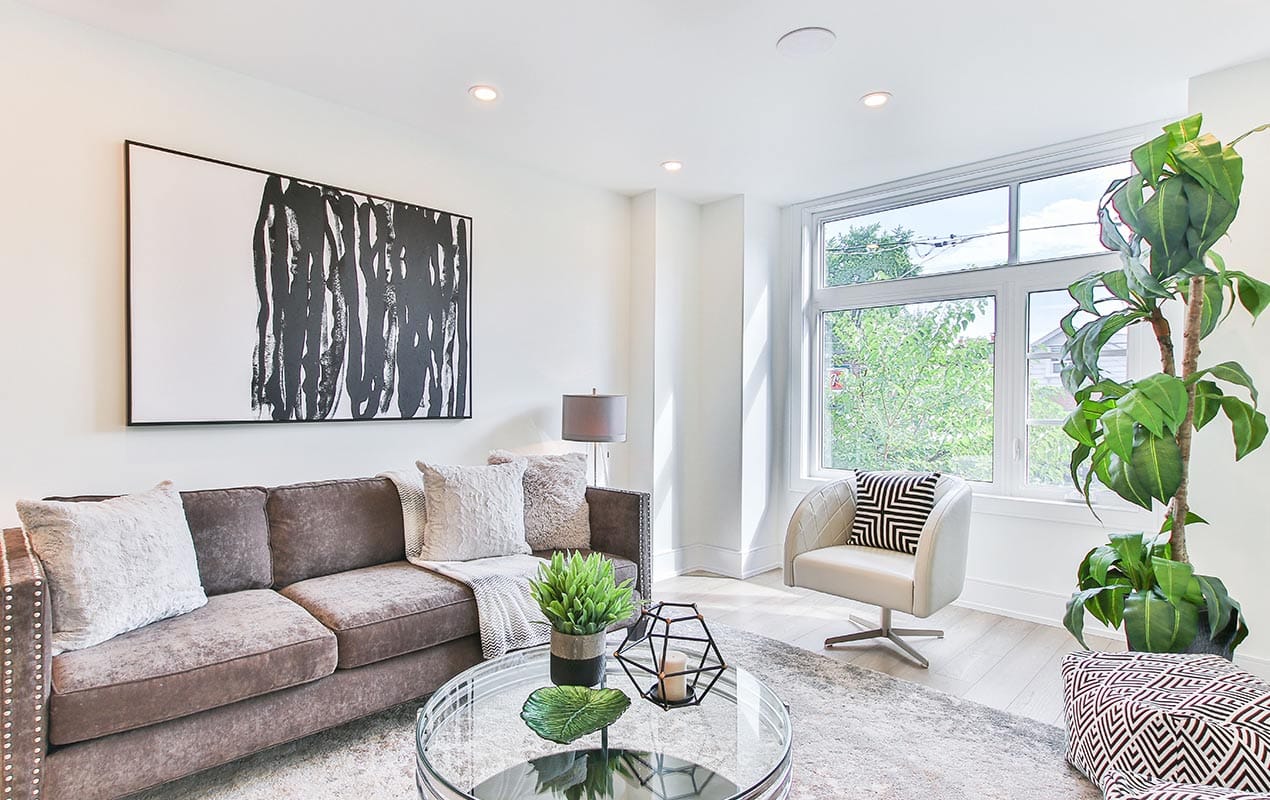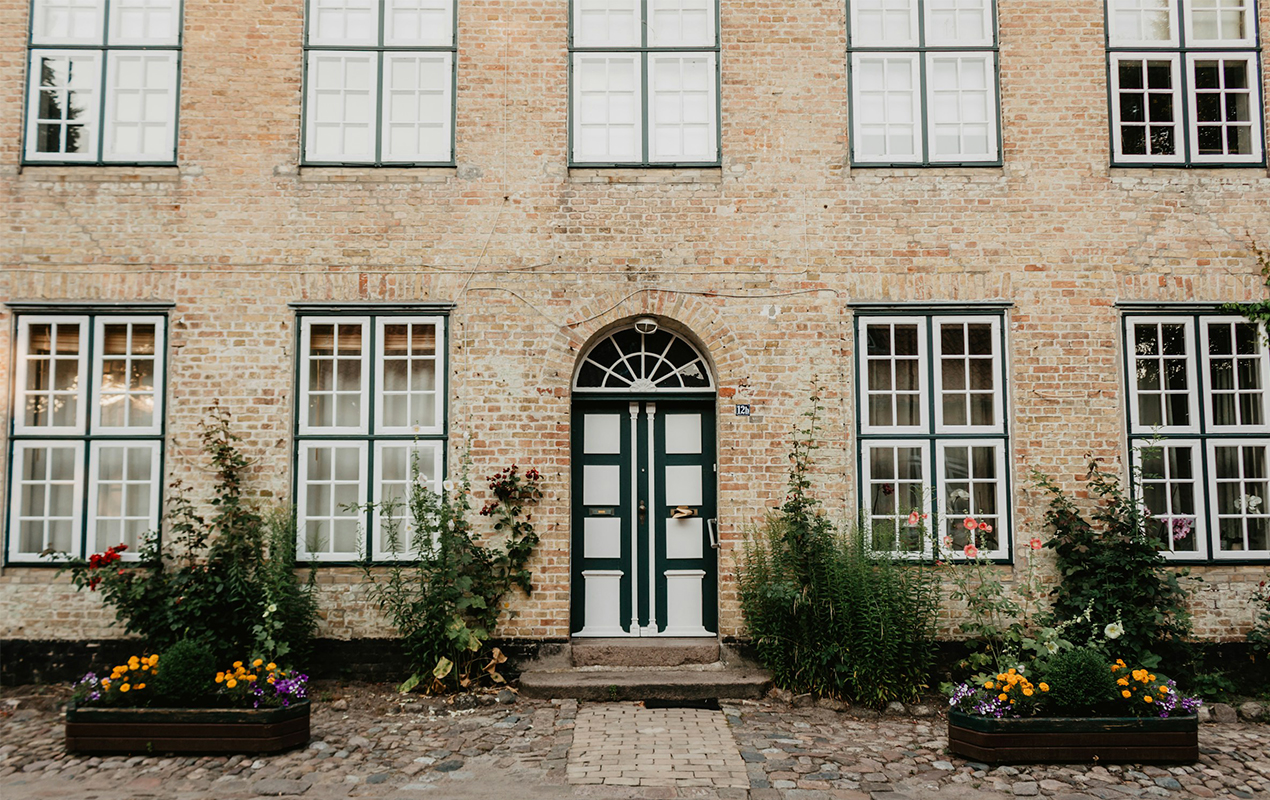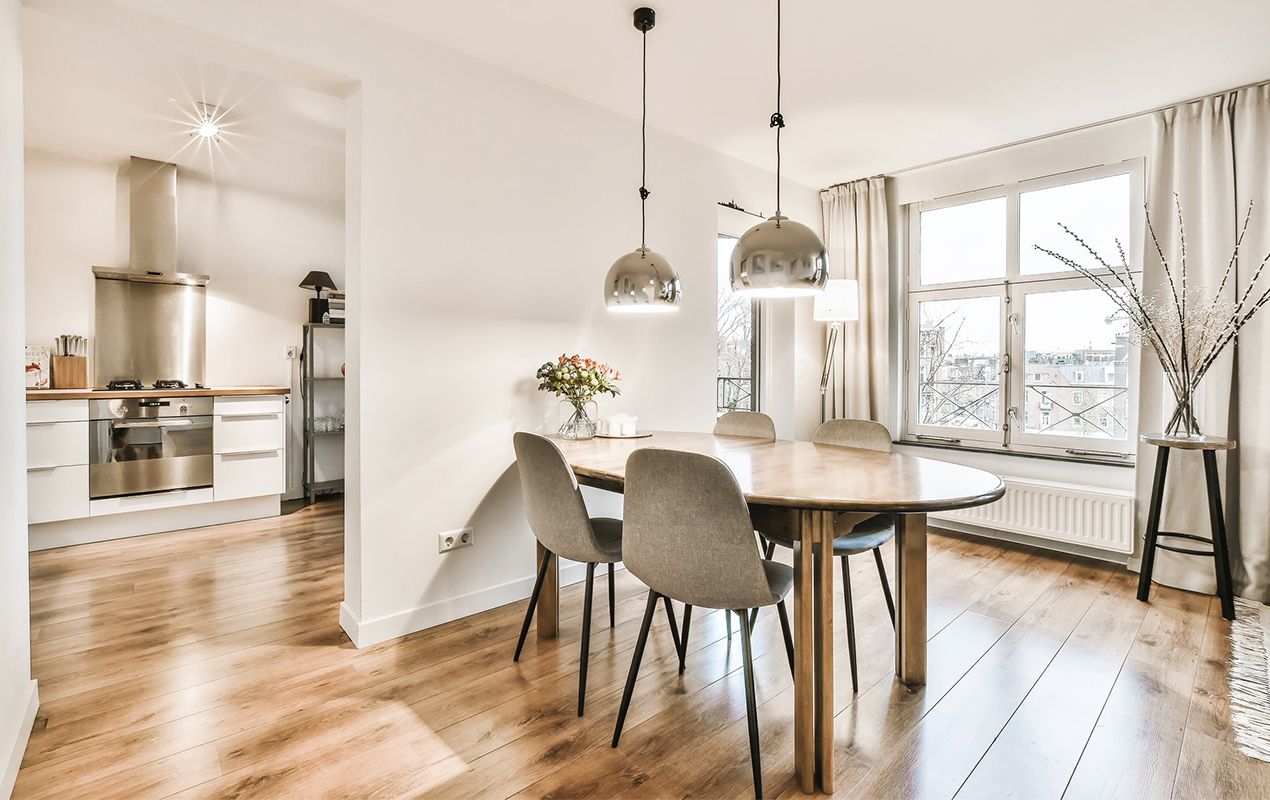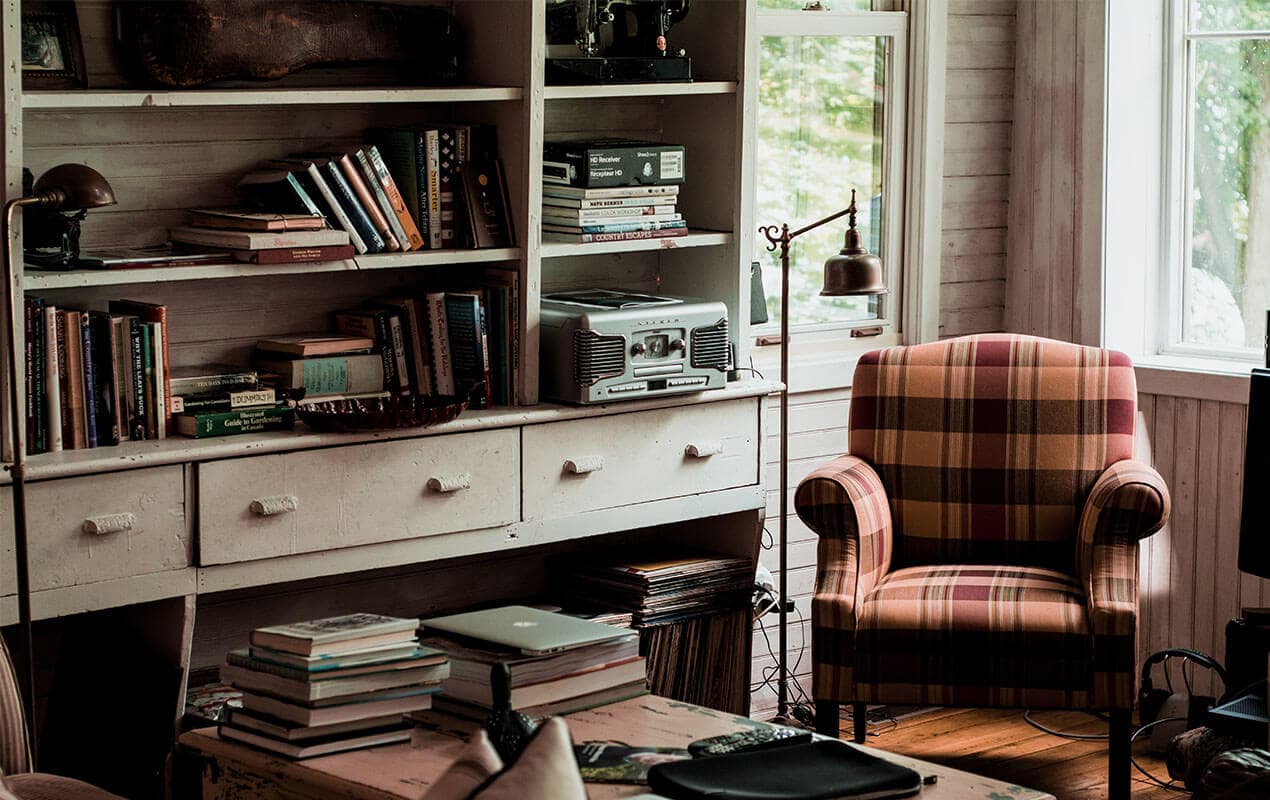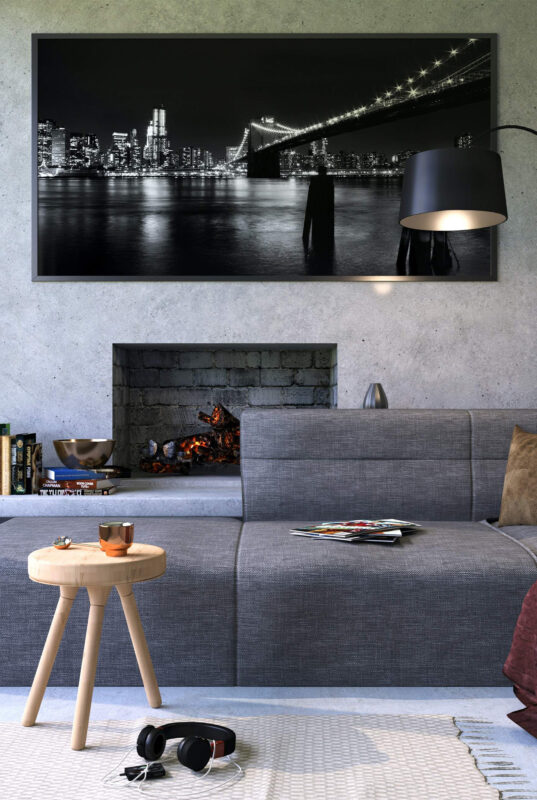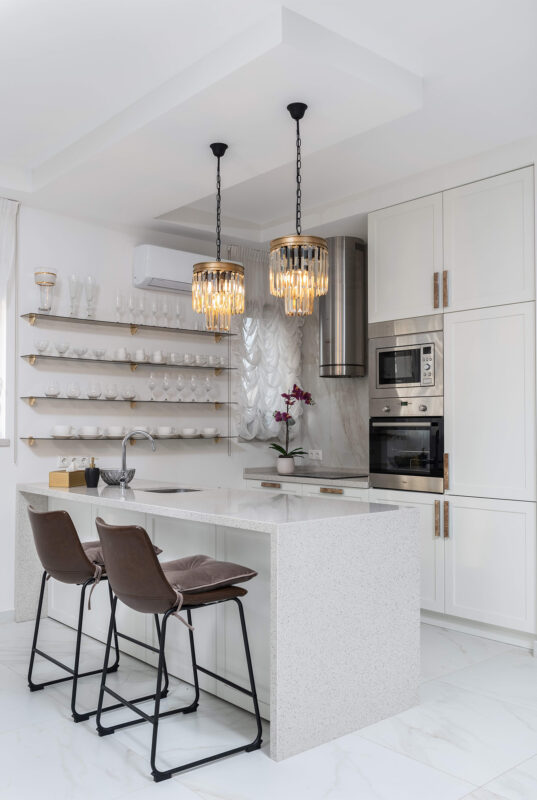Blog
Moving Into A New Home? Here’s What To Look Out For With A New Place

When you’re moving into a new home, there can be a number of potential issues that can make settling into your new space more difficult or even dangerous. It’s important to identify potential issues with a new home quickly to help get them under control. In this post, we’ll be covering some of the most common issues that can occur and how you can resolve them.
Infestations And Vermin
To find out if your home harbors vermin or infestations, you need to carry out a thorough inspection and take onboard any pest proofing tips. Begin by scrutinizing dark corners, crevices, and hidden recesses. Unearth telltale signs: droppings, gnaw marks, or shredded materials. Focus on the kitchen and pantry, which can be a common area for pests due to food. Peer beneath sinks, behind appliances, and into stored goods. Outside, inspect foundations and entry points; cracks invite unwelcome guests. Listen for nocturnal scurrying and rustling. Engage your senses; foul odors can betray hidden infestations. If you’re still unsure, consult a professional exterminator for an expert appraisal. Swift detection ensures timely action, thwarting an escalation into a full-blown infestation.
Damp And Mould
In your abode, remain vigilant for signs of dampness and mold. Keep a watchful eye on walls, ceilings, and corners, where discoloration and musty odors often betray their presence. Observe changes in paint or wallpaper—bubbling and peeling hint at hidden moisture. Your senses are your allies; detect damp, earthy smells that signal mold growth. Be wary of allergy-like symptoms—sneezing, coughing, or itching—as they may indicate mold intrusion. Condensation on windows and persistent humidity exacerbates the risk. Act promptly: ventilate regularly, repair leaks, and consider dehumidifiers.
Subsidence
In your dwelling, discern signs of subsidence with a keen eye. If you’re already moving into a new home, it is critical that you examine walls for diagonal cracks, wider at the top, often found near doors and windows. Watch for uneven floors causing doors to jam or windows not closing properly. Observe gaps between walls and ceilings or within your home’s exterior brickwork. Notice tilting chimneys or leaning walls, indicating shifting foundations. Outside, inspect external walls for cracks that run horizontally. Keep an eye on sunken or uneven driveways and pathways. If trees are nearby, check for roots affecting the foundation. Should these hints emerge, seek professional assessment swiftly to address subsidence concerns.
Smoke And Carbon Monoxide Detectors
In a new home, diligently checking smoke and carbon monoxide alarms is paramount. These are your first line of defense against life-threatening risks. Regular inspection ensures their functionality, safeguarding your family and property. Smoke alarms swiftly detect fires, offering crucial time for evacuation. Carbon monoxide alarms avert the silent threat of this odorless gas, preventing poisoning. As a responsible homeowner, test alarms monthly and replace batteries annually. Prioritize immediate fixing if issues arise and ensure effective placement to have the best chance of sensing any risks.
Local Regulations
Securing adherence to local regulations for your new home is paramount. These guidelines exist to ensure safety, structural integrity, and environmental compatibility. Collaborate closely with Sydney builders and local authorities, comprehending zoning, permits, and codes. Prioritize proper land use, construction standards, and utility installations. Vigilantly verify the legitimacy of contractors and the validity of permits. Regular inspections during construction phases or modifications affirm compliance. Rigorous adherence not only guarantees your family’s safety but also prevents legal complications and potential resale issues.
Final Thoughts
So there you have it, a few things to keep in mind when hunting for a new place to call home. Whether you end up in a house, apartment, condo, or somewhere else, finding the right fit for your needs and budget is vital. Refrain from settling for less just because you’re in a rush or feel overwhelmed by the options. Take your time, research, visualize how you’ll use each space, and consider things like storage, parking, and future needs. The place you choose will be where you make memories for years to come, so choose wisely! With an open and informed mindset, you’ll find yourself moving into a new home in no time. Best of luck!



